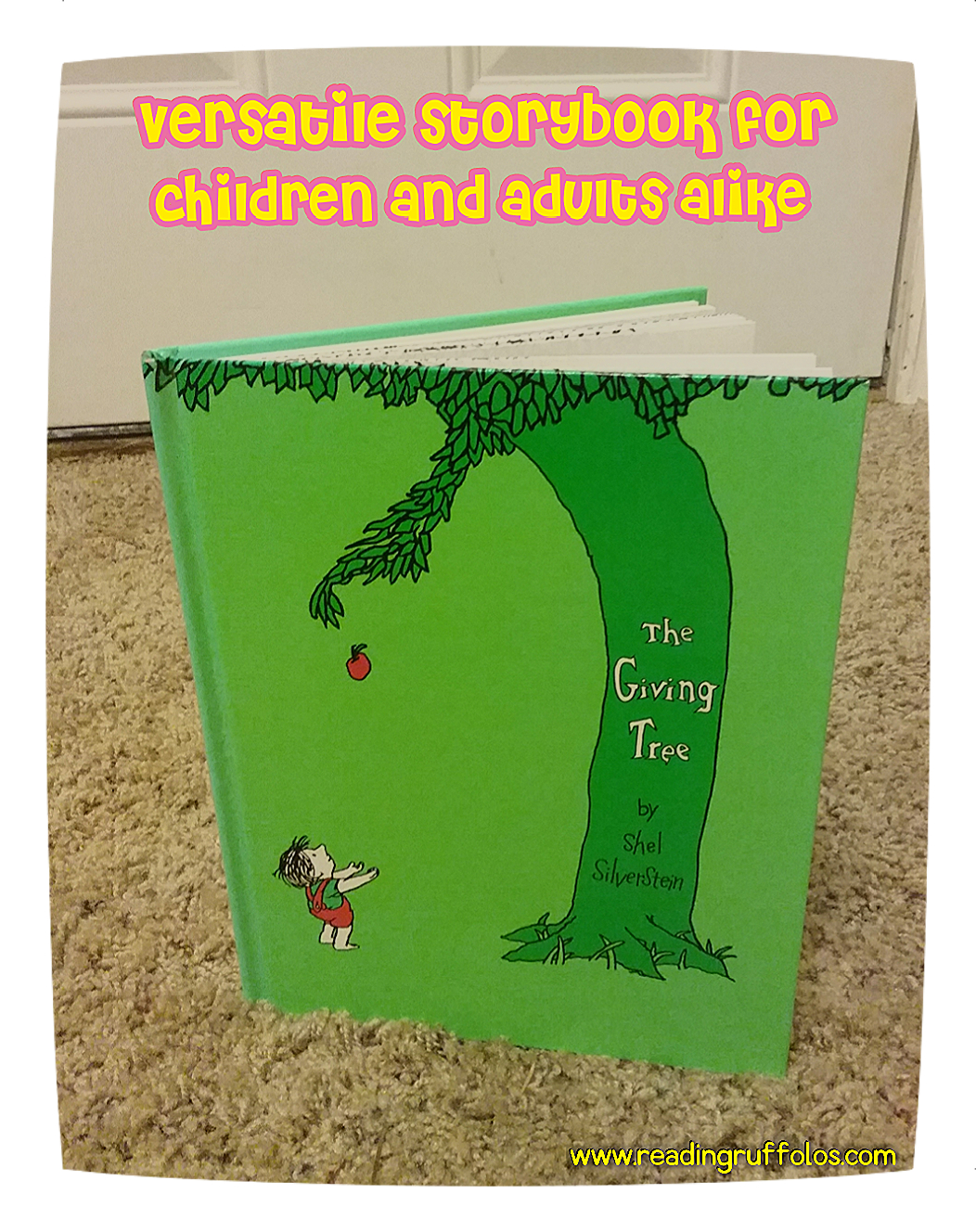Shel Silverstein is a genius for bringing to the world The Giving Tree, the story of a tree who dearly loved a little boy. The tree gives her all while the boy takes her all without even a “please” or a “thank you”.
Silverstein need not use colors to present a riveting account of the life cycle of a boy and how he always turned to “someone” whenever he was lonely or in need of some things.
Like Maurice Sendak, author and illustrator of Where The Wild Things Are, story and illustrations of The Giving Tree were all done by Silverstein making him an artist par excellence. The illustrations are simple, unpretentious, and uncomplicated telling the story with a touch of gentleness appropriate for a young audience but is still enriched with an approach that older readers can relate to. This makes this book versatile as it is all encompassing and its storyline make up for an excellent jump off point for discussion in matters relating but not limited to good moral values, environmental conservation, philanthropy or civic engagement.
As a parent, I look at the tree as a mother who is ever willing to sacrifice and give her all for her children. But I’m also a believer of tough love and looking at The Giving Tree as a testimony to give-all parenting certainly tells parents like me that giving in to all our children’s whims and caprices does not make for a happy ending.
I once told and discussed this story before an audience of 200 youngsters in the northern part of Cebu in the Philippines and they were spot on in saying that the boy was “ungrateful” and “abusive”. One brave child said: “He didn’t even say ‘please’ or ‘thank you’. He just got what he wanted because he knew the tree will give it to him anyway.”
Current Philippine senator Bam Aquino, who was president of a social enterprise called Hapinoy before he became a public servant, discussed in a conference why the story of The Giving Tree ended with the sad demise of the tree.
What if, said Mr. Aquino, we apply the principle of social enterprise in The Giving Tree. What if, he continued, the tree taught the boy to plant the apple seeds so the seeds would have turned to more trees. The boy and his community could have worked together multiplying the lone apple tree. If this happened, the tree that loved the boy would be still standing tall and fruitful in the middle of a vibrant, apple-filled forest.
Silverstein may have not intended to write a children’s book that will be analyzed by adults decades after its first publication and yet The Giving Tree stands in the shelves of libraries and bookstores as a proof of Silverstein’s excellent and unsurpassed storytelling skills.
I just recently introduced this book to my children and my son Nicholas is now hooked to it even sleeping on his bed with The Giving Tree beside him.
I saw on Youtube a nine-minute movie on The Giving Tree with a label that says it was released in 1973 and Silverstein himself did the narration. You might want to check it out here.
The Shel Silverstein website is an excellent source of all works by the author. I just started Where the Sidewalk Ends and I don’t think I would ever want to let go.




